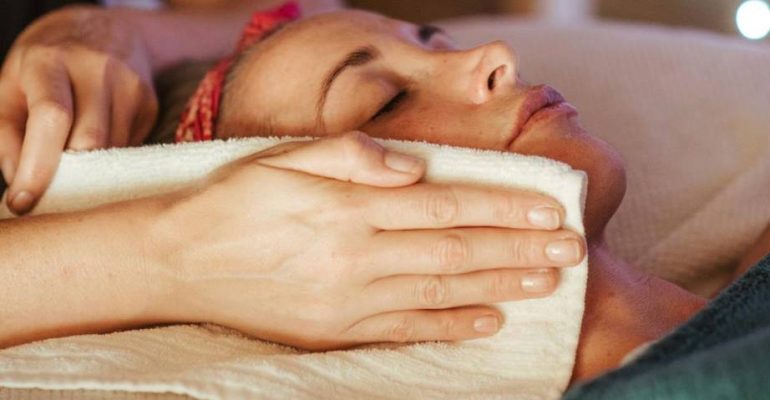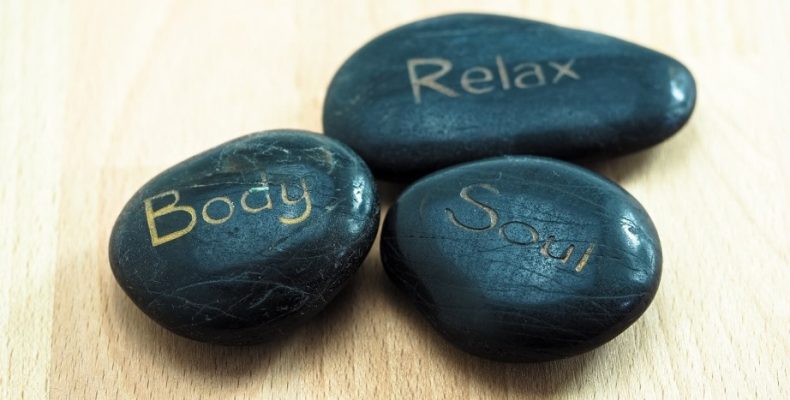
When people experience stress, anxiety, anger, or are not being able to speak out or express themselves and feel restrained, it’s very common that they clench their jaw or grind their teeth; over time this can cause the muscles and fascia in the area to tighten up and/or develop trigger points, knots, and adhesions.

Hence, the jaw is one of the bodily areas in which you can often find a lot of tension, that is, it’s a region that can be heavily armored.
Armoring and structural holding patterns in the jaw can manifest itself in various ways; as frequent pain in the jaw or teeth, grinding the teeth while one is asleep, a monotonous or restrained voice, frequently biting on objects, tongue indentations, cracked or chipped teeth, headaches, dislocation of the jaw, facial deformities, or stuttering. By contrast, the jaw may also be unnaturally loose.
The techniques used to De-Armor the jaw (commonly written in British English as Dearmour) typically include massaging the jaw and cheeks (which may be in the form of an Intra-Oral Massage), breathwork, giving acupressure on the jaw muscles, making certain movements or doing exercises with the jaw and mouth that mobilize it, facial stretches, or making sounds that widely open the mouth.
In addition, the therapist may incite the people to strongly vocalize their emotions by letting them say/shout out loud or ask what they really want (or wanted) to say in order to “complete” the repressed emotional experience, that is, to find release and come to psychological cleansing and closure.


















